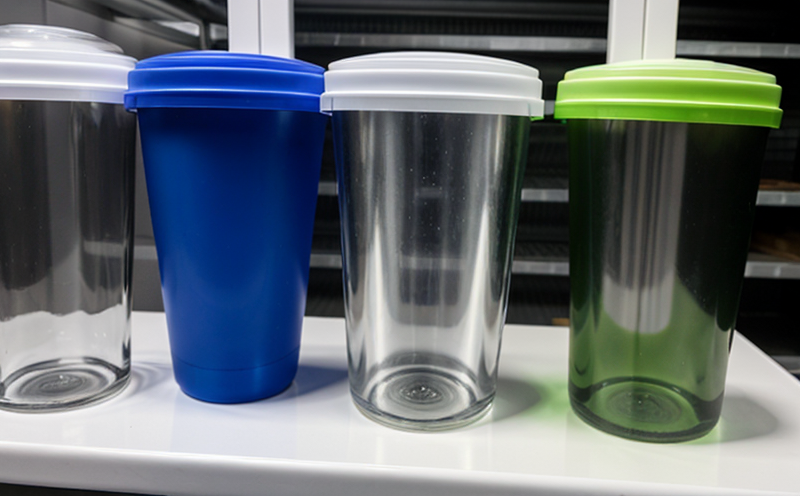ISO 1402-3 Resistance to Chemical Leaching
The ISO 1402-3 standard focuses on evaluating materials and products based on their resistance to chemical leaching. This service is particularly crucial for glass packaging testing, ensuring that the materials used in packaging do not release harmful chemicals into food or beverages during storage or transport.
Resistance to chemical leaching tests are conducted by immersing samples of the material in a solution designed to simulate real-world conditions such as acidic or alkaline environments. The test aims to identify potential risks associated with the migration of substances from packaging materials into the contents they contain.
The primary goal is to ensure that glass packaging remains inert and does not interact adversely with its contents over time, thus maintaining product integrity and safety throughout the supply chain. This service aligns closely with ISO 1402-3 standards which are widely recognized in regulatory frameworks aimed at promoting sustainable development practices.
For quality managers, compliance officers, R&D engineers, and procurement professionals involved in glass packaging design and manufacturing, understanding how materials behave under various chemical conditions is essential. By adhering to stringent testing protocols outlined by ISO 1402-3, manufacturers can demonstrate that their products meet or exceed international standards for environmental responsibility.
During the test process, samples are subjected to controlled immersion in solutions intended to mimic actual use scenarios. Specimens undergo rigorous analysis using sophisticated analytical techniques such as gas chromatography-mass spectrometry (GC-MS), high-performance liquid chromatography (HPLC), and atomic absorption spectroscopy (AAS).
The results provide detailed information about any potential leachates from the glass packaging material, enabling informed decisions regarding product safety and environmental impact. This service contributes significantly to ensuring compliance with relevant regulations while enhancing brand reputation through transparent communication of sustainable practices.
Industry Applications
| Application | Description |
|---|---|
| Food and Beverage Packaging | Evaluating the safety of glass containers used in food and beverage packaging to prevent contamination from migrating chemicals. |
| Pharmaceutical Packaging | Determining whether glass vials or ampoules retain their integrity during storage, ensuring drug stability. |
| Personal Care Products | Assuring that packaging materials for creams, lotions, and other personal care products do not release harmful substances into the product. |
| Medical Devices | Ensuring glass components in medical devices remain stable under various chemical conditions without affecting patient safety. |
Environmental and Sustainability Contributions
- Evaluating the environmental impact of packaging materials by assessing their resistance to chemical leaching.
- Supporting manufacturers in achieving sustainable development goals through compliance with international standards like ISO 1402-3.
- Aiding in reducing waste generation by identifying less harmful alternatives for packaging materials.
- Facilitating the transition towards more eco-friendly practices within industries reliant on glass packaging.
Competitive Advantage and Market Impact
Adhering to ISO 1402-3 standards for resistance to chemical leaching offers several competitive advantages:
- Demonstrates commitment to sustainable practices, appealing to environmentally conscious consumers.
- Aids in regulatory compliance, avoiding costly penalties and potential product recalls.
- Enhances brand reputation by showcasing a proactive approach towards reducing environmental footprint.
- Facilitates easier entry into international markets where stringent environmental regulations apply.
This service plays a pivotal role in maintaining the trust of consumers who increasingly demand transparency regarding the safety and sustainability of products they purchase. By ensuring that glass packaging meets rigorous testing criteria, businesses can build confidence among their customers, thereby enhancing market position and long-term profitability.





